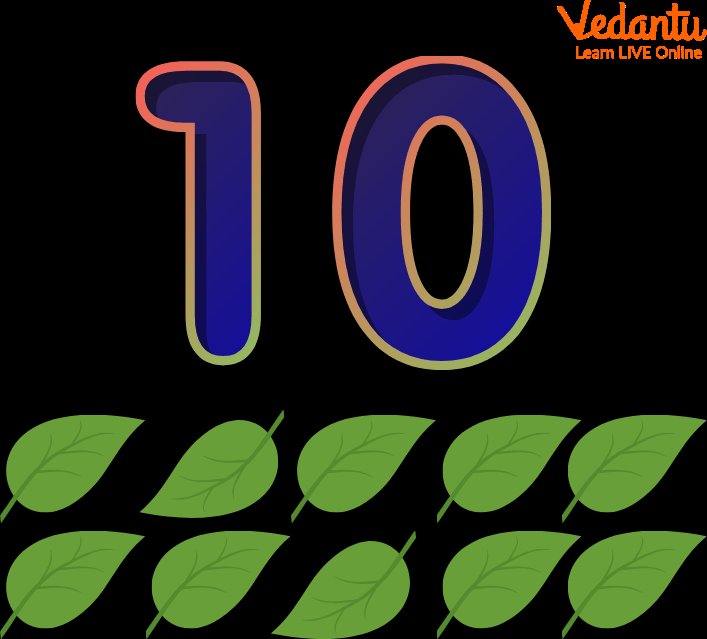
Think about it: just like how you can spot your friend in a crowd by their hairstyle or favorite jacket, identifying animals in the wild often comes down to a few key features. This article will explore ten animals that are similar to raccoons and help you learn how to tell them apart. By the end, you’ll be ready to impress your friends with some fascinating animal trivia!
1. Opossums
Opossums are often mistaken for raccoons because of their size and nocturnal habits. Like raccoons, they’re also scavengers, but their appearance is quite different. Opossums have a long, pointed snout and a hairless tail, making them easy to distinguish. Their fur is a mix of gray and white, lacking the distinct black markings that raccoons sport.
One of the most interesting things about opossums is their unique defense mechanism: playing dead. They can drop to the ground and appear lifeless when threatened, which doesn’t exactly scream “I’m a tough animal!” Instead, it’s a clever trick that often confuses predators.
If you’re ever out at night and see a small creature with a fuzzy body and a long tail, take a closer look! You might just be watching an opossum in action.
2. Kinkajou
Now, let’s talk about the kinkajou, a tree-dwelling mammal native to Central and South America. Kinkajous have a round face, long tails, and golden-brown fur that can remind you of a raccoon. However, they’re more closely related to sloths and anteaters than raccoons.
One of the most endearing qualities of kinkajous is their ability to use their tails almost like a fifth limb. They’re excellent climbers, spending most of their time in trees. Unlike raccoons, kinkajous are primarily fruit-eaters, so they might be found munching on delicious tropical fruits rather than scavenging for food.
If you come across a bushy-tailed creature high up in a tree, it could very well be a kinkajou, not a raccoon!
3. Ringtail
The ringtail, also known as the ringtail cat, might sound like a playful pet, but it’s a wild animal native to North America. These critters are small and slender, with distinctive ringed tails that give them their name. While they might share some characteristics with raccoons, like a love for climbing and a nocturnal lifestyle, their faces are less masked and more similar to a cat’s.
Ringtails are skilled hunters, often feasting on insects, birds, and small mammals. Unlike raccoons, they’re less likely to raid your trash, so you might not have to worry about them stealing your leftover pizza!
Spotting a ringtail in the wild can be quite a treat, especially because they are not as common as some of the other animals on this list.
4. Coati
Coatis are charming animals that resemble a mix between raccoons and anteaters. They have long snouts, slender bodies, and a striking ringed tail. Found mostly in Central and South America, coatis are social creatures that often travel in groups, making them easy to spot if you’re lucky enough to be in their habitat.
One key difference between coatis and raccoons is their behavior. Coatis tend to be more adventurous, using their claws to climb trees and forage for food. They enjoy fruits, insects, and small animals. If you see a group of curious critters with long snouts and vibrant tails, you may just have encountered a family of coatis!
5. Ferret
Ferrets often have a playful reputation, making them popular pets. Despite their small size, they’re part of the same family as weasels and have a sleek, elongated body that sets them apart from raccoons. Unlike the fluffy, bandit-like appearance of raccoons, ferrets have smooth fur ranging from white to brown, with varying patterns.
You might be wondering why ferrets made this list. While they don’t look too similar, their playful nature and scavenging habits might remind you of your favorite raccoon. They love to explore and find mischief wherever they can.
If you happen to see a tiny, spirited creature darting around, it’s likely a ferret, not a raccoon!
6. North American Badger
North American badgers might not immediately resemble raccoons, but they do share some common traits, including a love for digging and a nocturnal lifestyle. Badgers are stocky, muscular creatures, often sporting a gray coat with black and white stripes on their faces. While raccoons have that iconic mask, badgers sport a more rugged appearance.
If you venture into badger territory, you may notice their burrowing activities. They dig complex tunnels and dens, which is quite different from the raccoon’s scavenging behavior. Badgers are also known for their fierce temperament, definitely not the cuddly animals you might be imagining.
If you see a robust animal scuttling around at dusk, it might be a badger worried about its territory, while a raccoon would be more inclined to check for food.
7. Civet
Civets are fascinating mammals found primarily in Africa and Asia. They have a somewhat raccoon-like face, with a long body, a bushy tail, and unique markings. Unlike the raccoon, civets are primarily solitary and have a more elusive nature. They’re also known for their coffee-related fame—civet coffee is made from beans that have passed through their digestive system, giving it a unique flavor.
Civets are agile and spend much of their time in trees, where they hunt for fruits, insects, and small animals. You might catch a glimpse of one if you’re exploring dense forests, but their shy behavior makes spotting them challenging.
Next time you’re sipping a cup of coffee, think about this unique animal and how it might play a part in that tasty brew!
8. Tasmanian Devil
When people think of the Tasmanian devil, they often picture the cartoon character rather than the actual animal. These little guys are known for their stout bodies, dark fur, and raucous vocalizations. While they don’t look a lot like raccoons, both are scavengers, which can lead to some interesting comparisons.
Tasmanian devils are primarily found in Australia and are famous for their strong jaws and feisty personalities. They eat whatever they can find, which sometimes leads to competition with other scavengers—much like raccoons.
So, if you’re ever down under and hear some wild, growly sounds at night, it just might be some Tasmanian devils going after their dinner!
9. Binturong
Binturongs, also known as bearcats, are strange yet fascinating animals native to Southeast Asia. These creatures have shaggy fur, a long tail, and a face that could definitely remind you of a raccoon. They’re arboreal, meaning they love the trees, and have a similar mischievous look to them.
Interestingly, binturongs have a unique scent that smells like buttered popcorn! They primarily feed on fruits, but they won’t pass up an opportunity for some protein. Their adaptability in both forest and urban environments makes them stand out, just like raccoons.
If you ever find yourself near a binturong, take a moment to appreciate its quirky charm and sweet popcorn aroma!
10. Skunk
Skunks are often remembered for their distinctive black-and-white coloring and their notorious ability to spray a foul-smelling liquid when threatened. While they don’t share the same face markings as raccoons, their size and scavenging behavior can create confusion.
Both skunks and raccoons are nocturnal and often rummage through trash cans for a late-night snack. However, skunks are more solitary creatures, while raccoons are known for their playful, social behavior.
If you catch a glimpse of a black-and-white creature waddling across your yard at night, it’s best not to approach—unless you’re curious about the raccoon’s not-so-distant relative!
There you have it—ten fascinating animals that share similarities with raccoons. Whether it’s their adorable faces, playful natures, or scavenging habits, these creatures are all unique in their own right. Learning how to tell them apart isn’t just fun; it can also deepen your appreciation for the incredible diversity in the animal kingdom.
The next time you find yourself in nature or even your backyard, keep an eye out. You never know when you might spot an opossum, a kinkajou, or even a sneaky skunk! Embrace the wonders of wildlife, and remember, every animal has its own story to tell.

